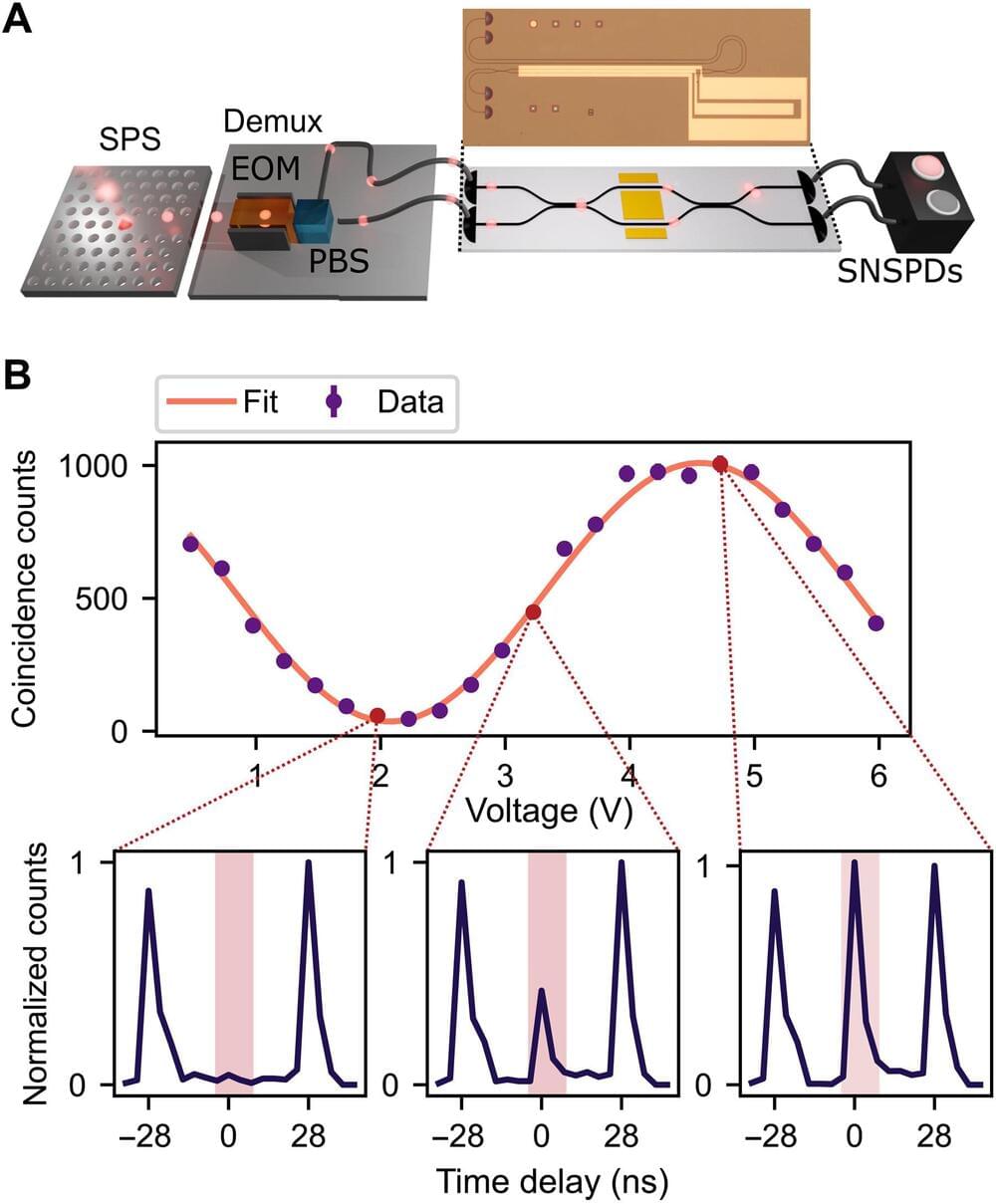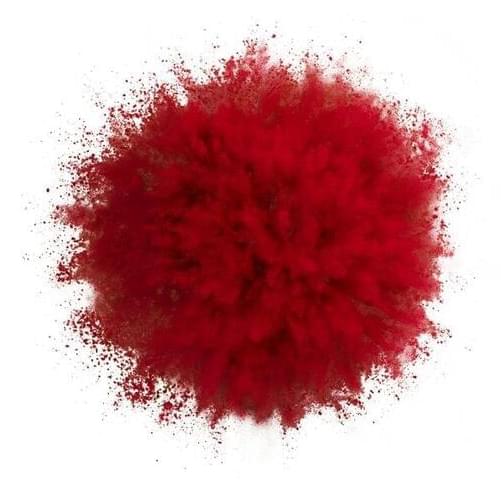Competition in the burgeoning electric vehicle market is heating up. Green car enthusiasts are already salivating at the chance to test-drive the Nissan LEAF and the Chevrolet Volt when they hit dealerships late this year. Now, it seems an underdog has stepped out from the shadows to give these big hitters a real run for their money.
At this year’s Detroit Auto Show, Chinese automaker BYD announced plans to break into the North American auto market by selling their all-electric e6 in the United States by the end of the year.
While Chevy and Nissan don’t have much to worry about in the short-term — initial rollout is currently slated for the Southern California market only — BYD has some pretty lofty goals that could spell trouble over the next few years. Specifically, BYD (which stands for “Build Your Dreams”) plans on becoming no less than the world’s largest automaker by 2025.








